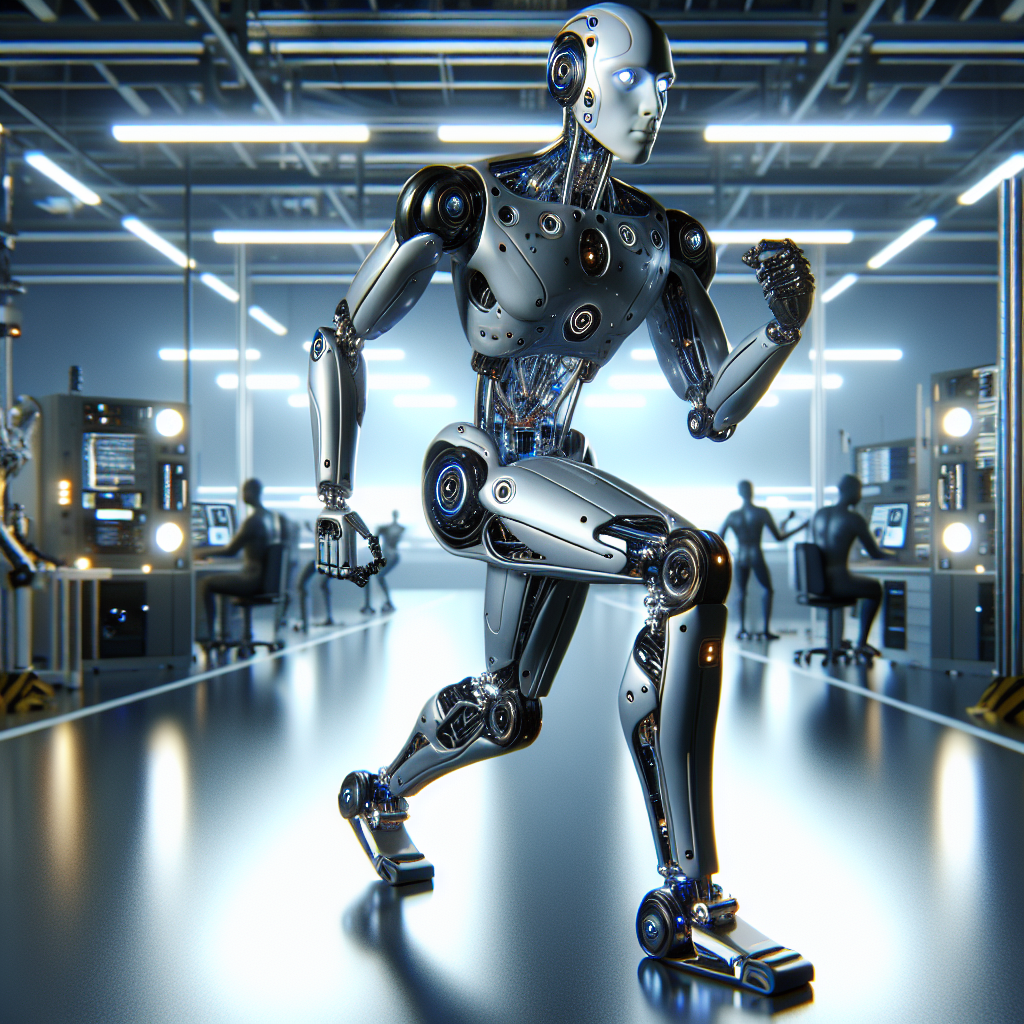The Dawn of a New Era: Boston Dynamics' Electric Marvel
In the ever-evolving landscape of robotics, Boston Dynamics has consistently been at the forefront, pushing the boundaries of what these mechanical beings can achieve. The retirement of their renowned robot, Atlas, and the introduction of a new, electric successor marks a pivotal shift in the capabilities and potential applications of humanoid robots. This change not only demonstrates technological advancement but also beckons us to reconsider our relationship with robots and their role in our daily lives.
A Leap from Hydraulics to Electric: What Does it Mean?
The original Atlas robot was a marvel of engineering, primarily driven by high-powered hydraulics. This method, while effective, had its limitations, including bulkier design and less precise control. The new robot, which Boston Dynamics has yet to name, moves away from hydraulic systems to an all-electric design. This transition is monumental. Electric actuators are generally smaller, quieter, and more responsive than their hydraulic counterparts, allowing for smoother and more human-like movements.
This shift could potentially mean several improvements: enhanced efficiency, lower operational costs, and possibly a longer lifespan for the robots due to fewer mechanical parts subject to wear and tear. Furthermore, the electric design opens up new realms of possibilities for finer, more delicate tasks, potentially expanding the robot's utility in both domestic and professional settings.
Enhanced Agility: Beyond Human Limits
One of the standout features of Boston Dynamics' new creation is its astonishing agility. The robot can perform movements that go beyond the physical capabilities of humans, which is both awe-inspiring and, to some, slightly unsettling. This capability is a testament to the advanced design and programming that have gone into its development. The robot's agility makes it suited not only for tasks like lifting or carrying but also for more complex maneuvers that might be required in search-and-rescue operations or even in entertainment industries as performers.
Domestic Helper or Privacy Concern?
The advent of robots in domestic settings isn't a new concept, but the capabilities of this new electric robot from Boston Dynamics bring practicality closer to reality. Imagine having a robot at home that doesn't just vacuum or wash dishes but assists with nearly every physical task. However, this brings up significant privacy and security concerns. With robots capable of navigating and performing tasks throughout our homes, the data they could potentially collect is immense. Ensuring that these robots are secure against hacking, and that the data they collect is handled responsibly, will be paramount.
Ethical Implications and Public Reception
As robots become more integrated into our daily lives, their impact on the job market and societal roles will also evolve. There's a delicate balance between harnessing robotic capabilities to improve human life and ensuring that it doesn't lead to significant job displacement or widen socio-economic gaps. Public reception of such advanced robots could vary widely based on how these ethical considerations are addressed.
The introduction of more capable robots also raises questions about human-robot interaction. How will humans perceive machines that move and work among us, especially when they perform tasks better or faster than we can? Balancing the 'creepiness' factor with functional design and friendly interfaces will be crucial.
The Future is Now: What's Next for Robotics?
The retirement of Atlas and the debut of this new electric robot signify a step into a new generation of robotics technology. Boston Dynamics continues to set high standards for what robots can do, paving the way for other companies and researchers to follow. Looking forward, the focus might shift towards even more integration of AI and machine learning, enabling robots to make decisions and adapt to new tasks without human intervention.
As we stand on this technological brink, the possibilities seem both exciting and daunting. This new era of robotics could reshape industries, redefine our work, and even alter our urban landscapes. While there are challenges and concerns, the advancements suggest a future where robots could significantly enhance the quality of our daily lives.
As robots continue to evolve, so too will our strategies for integrating them into society. The journey of Boston Dynamics’ robots is just a glimpse of what is possible, and it is without a doubt that their newest electric robot will continue to fascinate and inspire innovations for years to come.
For further reading on robotics technology and its societal impacts, consider visiting websites like IEEE Robotics or MIT’s Robotics News. These resources provide deep insights and ongoing updates in the field of robotics.
Related News
- The Rise of Humanoid Robotics: A Deep Dive into Technological Evolution and Its Implications
- The Dawn of Apple's Humanoid Robots: What Lies Ahead?
- The Dawn of Pi Zero: Revolutionizing Robotics with AI
- The Evolution of Robotics: Data, Challenges, and the Path Forward
- The Future of AI: Innovations, Challenges, and Uncharted Territories
